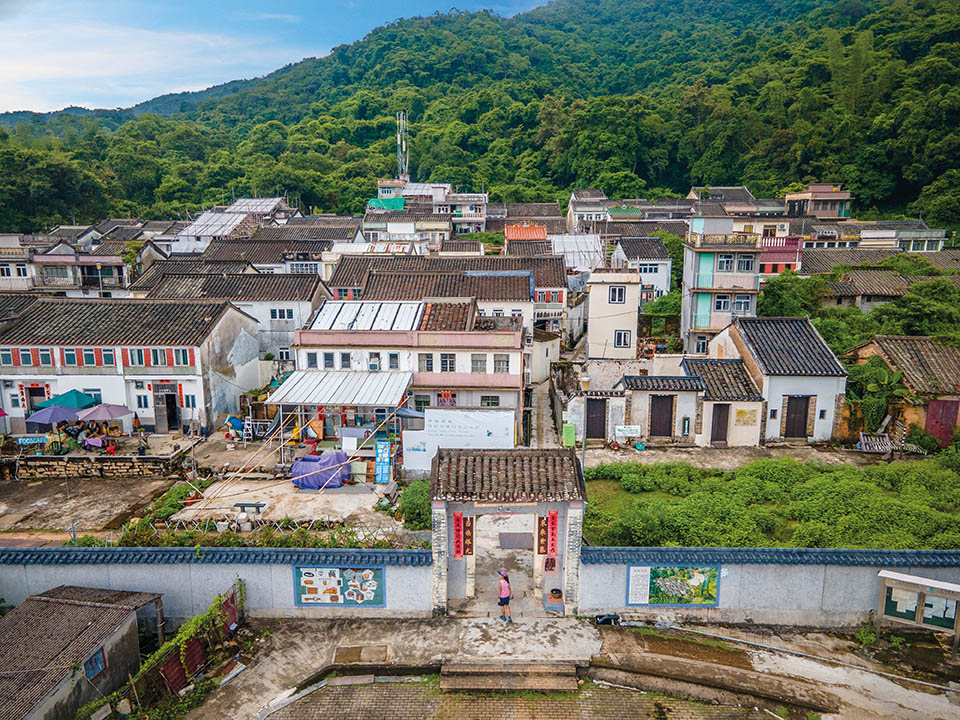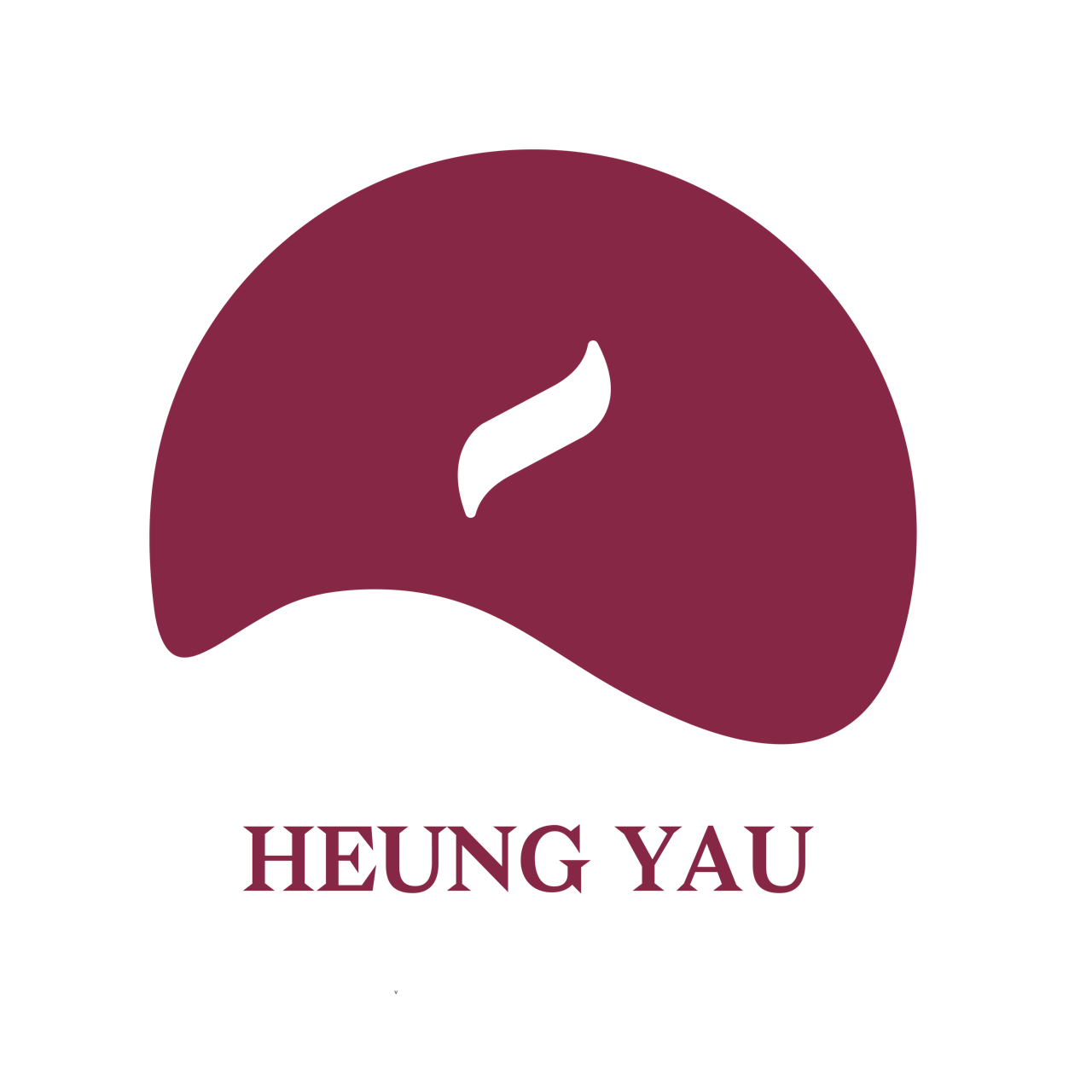Hong Kong boasts a rich natural ecosystem, home to numerous Chinese medicinal plants. These plants are not only unique in appearance but also possess diverse medicinal properties. Here are five common Chinese medicinal plants and their characteristics and benefits:
1. Cassia seeds
Cassia seed/Scientific name: Senna tora/Family name: Fabaceae
The leaves are obovate or oblong, with a rounded apex and a broadly cuneate or obtuse base, and the margins are entire. The seeds are dark brown, diamond-shaped, and shiny. This plant thrives in warm, humid climates and sunny environments, and can be found in riverbeds, orchards, and wetlands. It blooms from July to September, and fruiting occurs in October. A traditional Chinese medicine, its seeds are rich in various vitamins and can protect the eyes, lower blood pressure, and protect the liver.

(Cassia seeds are easily found in the mountains and waterside areas of Hong Kong)
Appearance : Cassia seed is an annual herb that can reach 1-1.5 meters in height. Its leaves are pinnately compound, oblong, and opposite each other. Small yellow flowers bloom in summer, followed by flat pods containing dark brown, smooth, and shiny seeds.
Benefits : Cassia seed is primarily used in Traditional Chinese Medicine to clear the liver, improve eyesight, and moisten the intestines and promote bowel movements. It is often used to treat symptoms such as eye strain, blurred vision, and constipation. Cassia seed tea is also believed to help lower blood pressure and improve sleep.
Growing environment : Cassia seeds prefer warm and humid environments and usually grow in wild grasslands, fields and roadsides.
2. Purple Ageratum
Ageratum houstonianum Mill. / Scientific Name: *Ageratum houstonianum Mill. /* Family: Asteraceae
Purple Ageratum, also known as "stinking grass," has a distinctive odor. Its leaves are truncated to heart-shaped at the base, with finer and more serrated edges. It grows in cymes of flower heads. It is an annual plant that blooms year-round, from September to May. It grows along roadsides, ditches, wastelands, and fallow land at low altitudes.

( Purple Ageratum (also known as "stinky grass")
Appearance : Ageratum purpurogenum is a perennial herb, about 30-80 cm tall. Its leaves are ovate to elliptical with serrated margins. Its flowers appear in small heads with purple or blue petals, resembling a small ball.
Benefits : This plant has the properties of clearing heat, detoxifying, reducing swelling and relieving pain. It is often used to treat wound infections, skin inflammation, and some digestive ailments such as diarrhea and stomachache. It is also used as an antipyretic in folk medicine.
Growing environment : Purple ageratum has strong adaptability and mostly grows on roadsides, fields and wastelands, especially in places with fertile soil.
3. Single-spiked water centipede
Kyllinga nemoralis / Scientific name: Kyllinga nemoralis / Cyperaceae
The leaves are linear, with a triangular cross-section. The inflorescence is rounded, ovate, or spherical, with dense spikelets. The flowers are white, petalless, and reduced to scales. It grows primarily near water or in damp areas. Flowering and fruiting occurs from May to August. Medicinal Uses: It can treat colds, fevers, injuries, itchy skin, and snake and insect bites.

( Single spike water centipede (found in humid places)
Appearance : Water centipede is a short herbaceous plant, about 10-30 cm tall. Its leaves are small, densely packed, linear or lanceolate. The inflorescence is a single spike of closely spaced green flowers.
Benefits : This plant is primarily used to treat respiratory ailments such as colds, rhinitis, and coughs, clearing away heat and toxins, as well as reducing swelling. It is commonly found in herbal formulas to relieve symptoms such as nasal congestion, runny nose, and sore throat.
Growth environment : The single-spiked water centipede likes to grow in a humid environment, such as river banks, paddy fields and lowland grasslands.
4. Pujiang
Vitex negundo / Scientific name: Vitex negundo / Family: Verbenaceae
The leaflets are oblong-lanceolate or lanceolate, cuneate at the base, with entire or slightly serrated margins and densely pubescent beneath. The peduncle is densely gray and pubescent. The corolla is pale purple and pubescent. The drupe is nearly spherical. Flowering occurs from April to June, and fruiting occurs from July to October. It grows along hillside roadsides or in thickets. Burning its branches and leaves repels mosquitoes, and the aromatic oil extracted from it can be used to treat diarrhea.

( There is a special fragrance when the ginger blooms)
Appearance : Ginger is a perennial herb typically 50-100 cm tall. Its leaves are large, broad, lanceolate, and about 30 cm long, with a smooth surface. In summer, it blooms with small, white or lavender flowers that have a strong fragrance.
Benefits : The rhizome of ginger is rich in essential oils that promote qi circulation, relieve pain, and warm the middle and dispel cold. It is often used to treat stomach cold, indigestion, bloating, and dysmenorrhea. It also promotes blood circulation and relieves muscle pain.
Growing environment : Poa chinensis is commonly found in shady and moist woodlands and stream banks, and prefers a warm and humid climate.
5. Two-ear grass
Paspalum conjugatum / Scientific name: Paspalum conjugatum / Family: Poaceae
This perennial herb has rough, linear-lanceolate leaves and smooth sheaths. It has long, creeping stems and is named "Two-Ear Grass" for its two inflorescences, which resemble rabbit ears. It blooms from June to August and grows in coastal areas, fields, roadside wastelands, and hillside meadows.

( Two inflorescences shaped like rabbit ears)
Appearance : Two-ear grass is a woody climber commonly found in mountain forests. Its leaves are long, ovate or lanceolate, with a smooth surface. Its flowers are small and inconspicuous, and its fruit is a small aggregate fruit.
Efficacy : In traditional Chinese medicine, radix sylvestris is commonly used to dispel rheumatism, relax muscles and activate blood circulation, and is suitable for treating rheumatic joint pain, muscle spasms, and numbness of the limbs. It has strong anti-inflammatory and analgesic effects and also helps to improve immunity.
Growing environment : This plant mainly grows in hilly areas and mountain forests and prefers an environment with sufficient sunlight.
Caring for Hong Kong's biodiversity
These five plants are precious resources in Hong Kong's natural environment. They are not only widely used in Traditional Chinese Medicine, but also provide us with rich ecological and cultural value. By understanding and protecting these plants, we can better cherish and pass on the gifts of nature. 
(Lai Chi Wo, Hong Kong)
Hong Kong's plant diversity is truly remarkable. Learn about the plants you often see around you—you might be surprised. There are many more species of plants worth discovering in Hong Kong, such as Lai Chi Wo and Kadoorie Farm, where you can learn about biodiversity and Hong Kong's ecology firsthand.
Xiangqiu Yu 《 Unbounded Art" Joint Exhibition

(Five kinds of plants and finished incense sticks exhibited by Xiangqiu)
Fragrance Hill has created five different scented incense sticks using the five plants mentioned above, incorporating different traditional incense woods. The goal is to help everyone better understand Hong Kong's biodiversity and gain a deeper understanding of Hong Kong's flora. This aligns with Fragrance Hill's brand story, continuing the story of incense in Hong Kong, a city named after it.
If you're interested in learning more about the plants and the story of the fragrant hills, we'll be hosting a month-long joint exhibition, "Boundless Art," at V Gallery, 90 Hoi Bun Road, Kwun Tong, from August 1 to September 1, 2024. Admission is free. If you're interested, check out the various art exhibitions at V Gallery!
https://vessel.org.hk/zh-hant/facility/area/6/
Incense Hill - Continuing the Incense Story
Hong Kong, a place once famous for its incense industry, was named after incense - Hong Kong, a port belonging to incense.
Xiangqiu is named after Hong Kong. We hope that Xiangqiu can become a carefree hill in everyone's heart, a safe haven they can always rely on. We also hope that "Hong Kong" will once again become a symbol of Hong Kong.
Learn more: www.heungyau.com







Comments (0)
There are no comments for this article. Be the first one to leave a message!